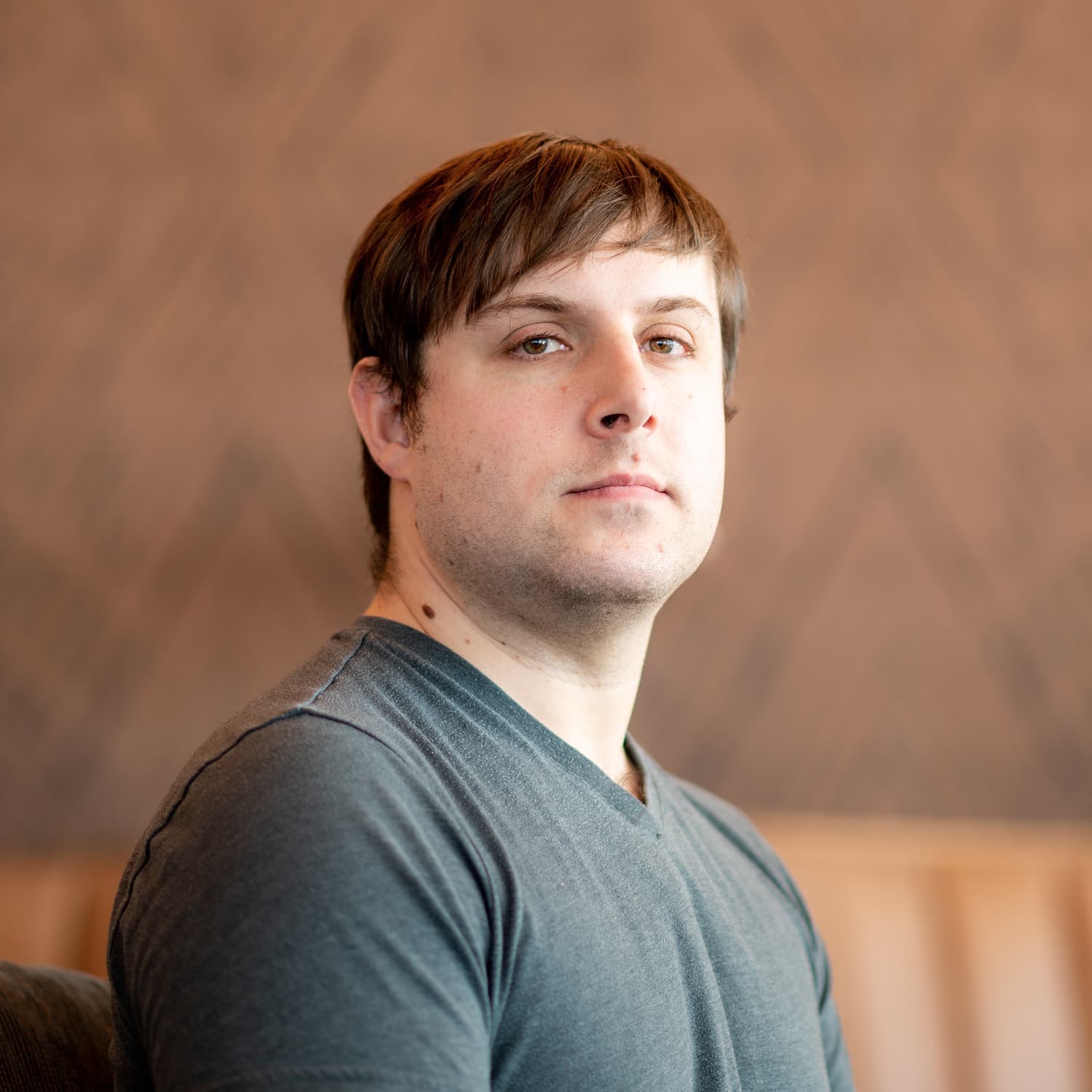Science Corp. CEO Max Hodak Graces Time Magazine Cover for Groundbreaking BCI Vision Restoration

Max Hodak, CEO of Science Corp., has announced that his company is featured on the cover of Time magazine, marking a significant milestone for the brain-computer interface (BCI) industry. Hodak shared the news via a tweet, stating, > "hey mom we’re on the cover of time pretty crazy." The recognition highlights Science Corp.'s pioneering work, particularly its Prima chip, which is restoring sight for patients with age-related macular degeneration (AMD).
The Time magazine cover story focuses on Science Corp.'s experimental Prima procedure, which involves implanting a 2-mm-by-2-mm computer chip directly onto the retina. This innovative technology has demonstrated remarkable success in clinical trials, with nearly 80% of patients improving their performance on eye charts by 20 letters and 84% regaining the ability to read letters, numbers, and words at home. Biomedical engineer Daniel Palanker, who conceived the Prima system, noted that the next-generation implant aims for even greater visual acuity with 10,000 pixels.
Hodak, a co-founder and former president of Neuralink, launched Science Corp. with a vision to advance neural engineering. Beyond vision restoration, Science Corp. is actively developing technology for implanting chips directly into the brain to assist individuals paralyzed by stroke, accidents, or ALS. This includes a "biohybrid model" where stem cells grow into brain tissue, forging connections with neurons to potentially restore thought, speech, and even memory retrieval.
The recognition by Time magazine underscores the growing prominence of BCI technology. The global BCI sector, valued at $1.74 billion in 2022, is projected to reach $6.2 billion by 2030, indicating rapid expansion and significant investment. Science Corp.'s achievement positions it as a key player in this evolving landscape, pushing the boundaries of medical innovation and offering new hope for those with debilitating conditions.